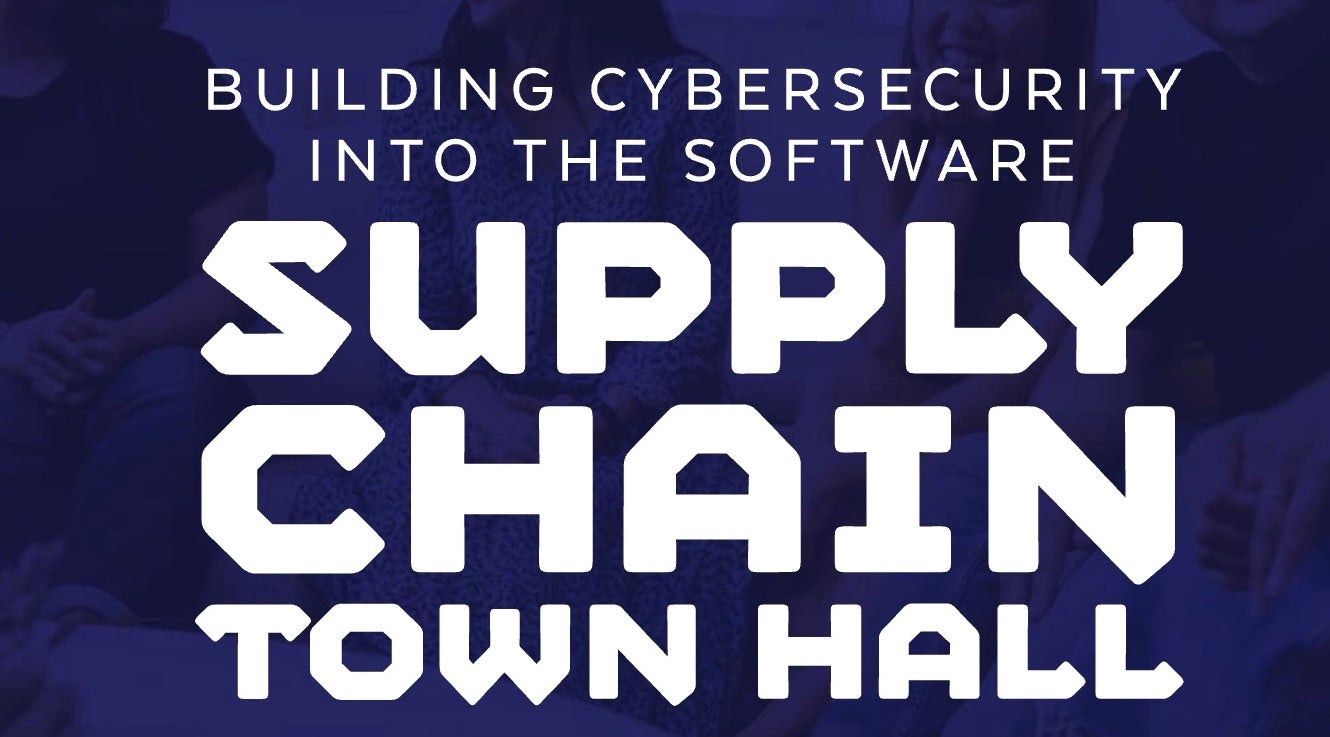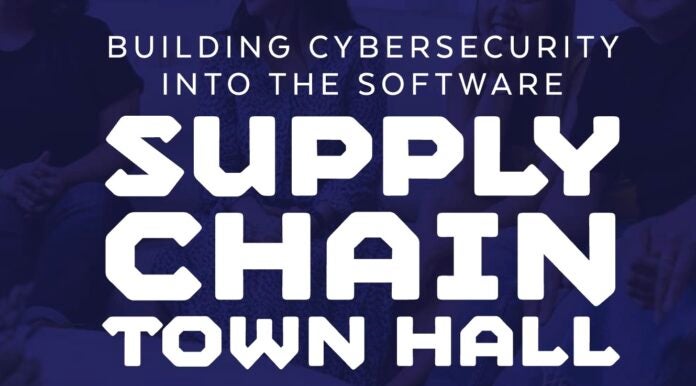Check out Enable Sysadmin’s top 10 articles from August 2021.
Read More at Enable Sysadmin
Configure DNS with a Linux command, build a lab in five minutes, and more tips for sysadmins
Windows SR-IOV live migration 2-netdev model
Live migration using SR-IOV and utilizing the 2-netdev model
Click to Read More at Oracle Linux Kernel Development
3 must-know Linux commands for text manipulation
You may be familiar with grep, sed, and awk, but you may not know everything they can do.
Read More at Enable Sysadmin
8 Linux virsh subcommands for managing VMs on the command line
The virsh command provides hundreds of options to manage every aspect of your virtual machines. These are the ones I use the most.
Read More at Enable Sysadmin
Ent Joins the Linux Foundation
Today, the Linux Foundation announced that Ent, an entity framework for Go that was developed and open sourced by Facebook in 2019, has moved under the governance of the Linux Foundation to help accelerate its development and foster the community of developers and companies using it.
Ent was designed to enable developers to work on complex backend applications. Developers working on these applications faced the challenge of maintaining a codebase used to manage hundreds of different entity types with numerous, complex relationships between them. Ent uses graph concepts to model an application’s schema and employs advanced code-generation techniques to create type-safe, efficient code that greatly simplifies working with databases compared to other approaches.
Ent is similar to traditional ORMs (Object-Relational Mappers) but takes an opinionated approach that is especially effective in improving developer productivity.
First, schemas are modeled in graph concepts (nodes and edges) instead of the more common table-oriented method that makes traversing through datasets and expressing complex queries easier and less error-prone.
Second, the code generated by Ent is completely type-safe, which means that many classes of common bugs are caught very early on in the development process. In addition, code editing software can understand Ent code very well to offer developers useful hints and feedback as they are typing code.
Finally, schemas are defined in actual Go code, which facilitates a very rich feature set ranging from integrations with observability systems to the definition of privacy (authorization) rules right at the data-access layer.
“From the start it was obvious that Ent would present a unique and compelling value proposition to a diverse range of use cases across any industry with complex technology stacks,” said Ariel Mashraki, Ent’s creator and lead maintainer. “The promise of collaborating with a broad coalition of users was the main reason we open-sourced Ent.”
Since it was open-sourced in 2019, engineers from many leading companies have contributed code to Ent, including Facebook, GitHub, Mail.ru, Scaleway and VirtaHealth. Ent has also been used by the CNCF projects and by other open source ecosystems. Ariel Mashraki recently started a new company, Ariga, to create a data fabric solutions provider that is built on Ent. “With the move to the Linux Foundation’s neutral governance model, we (on behalf of myself and the rest of the Ent maintainers) hope to double-down on growing Ent into the industry standard for data-access in Go. You should expect to see a lot of exciting developments in the next six months from the community and we invite all to participate,” said Mashraki.
Ent is just the latest in a variety of technologies that Facebook has first open sourced to the public and then transferred control to the community. “This additional step of enabling open source contributors to take direct ownership of a project’s technical vision is part of our longstanding commitment to open and sustainable innovation,” said Michael Cheng, product manager at Facebook. “Enabling a project’s maintainers to chart their course often sparks additional investment, contributions and new companies building products and platforms based on that project, for example, GraphQL, Presto, ONNX, and Magma, to name a few. We see that Ent is already following a similar pattern and we’ll be cheering on the Ent community as it enters this next stage of exciting growth.”
You can learn more about Ent framework for Go, sample the technology, and contribute back to the project at https://github.com/ent/ent.
The post Ent Joins the Linux Foundation appeared first on Linux Foundation.
Software Supply Chain Town Hall: Videos

If you missed the Software Supply Chain Town Hall, all the videos from the event have now been posted.
These include presentations on:
- Supply Chain Cybersecurity with David Wheeler
- Generating SBOMs for IoT
- Generating SPDX SBOMS in CI using ORT
- Software Supply Chain with the Yocto Project
- Securing GCC and GLIBC
- Software Supply Chain Integrity with Sigstore
16 AnsibleFest presentations for sysadmins
AnsibleFest offers a lot of information to help sysadmins automate better.
Read More at Enable Sysadmin
Happy 30th, Linux!
“I’m doing a (free) operating system (just a hobby, won’t be big and professional like gnu) for 386(486) AT clones. This has been brewing since april, and is starting to get ready. I’d like any feedback on things people like/dislike in minix, as my OS resembles it somewhat (same physical layout of the file-system (due to practical reasons) among other things).
I’ve currently ported bash(1.08) and gcc(1.40), and things seem to work. This implies that I’ll get something practical within a few months, and I’d like to know what features most people would want. Any suggestions are welcome, but I won’t promise I’ll implement them :-)”
With that note to an online newsgroup 30 years ago today, Linus Torvalds announced what would become arguably the most significant piece of software in history – Linux. Since August 25, 1991, Linux has grown to power all the world’s supercomputers, most mobile devices, financial exchanges, space stations and rovers, and serve as the backbone of the cloud and the internet itself. Companies, organizations, governments and individuals around the world rely on it to conduct business and live their lives every single day.
Our upcoming 2021 Open Source Jobs Report, which will be released in late September, will reveal that demand for Linux talent is as strong as ever, especially as companies rebound from the COVID-19 pandemic. That means now is the perfect time to improve your Linux skills, which is why through the end of 2021 we are offering 30% off select Linux-focused training courses and certification exams in recognition of the 30th anniversary (use code LINUX30 at checkout).
Programs in this offer include:
Certifications:
Linux Foundation Certified IT Associate (LFCA) – Demonstrates knowledge of fundamental IT concepts including operating systems, software application installation and management, hardware installation, use of the command line and basic programming, basic networking functions, security best practices, and other related topics to validate your capability and preparedness for an entry-level IT position.
Linux Foundation Certified System Administrator (LFCS) – Demonstrates you have the ability to design, install, configure, and manage a system installation, and understand key concepts such as networking, storage, security, maintenance, logging and monitoring, application lifecycle, troubleshooting, API object primitives and the ability to establish basic use-cases for end users. The discount is valid for the standalone exam or bundled with the associated training course.
Linux Foundation Certified Engineer (LFCE) – Demonstrates your ability to deploy and configure the Linux operating system at enterprise scale, and shows you possess all the necessary skills to work as a Linux engineer. The discount is valid for the standalone exam or bundled with the associated training course.
eLearning Courses:
Essentials of Linux System Administration (LFS201) – In this eLearning course, you’ll learn how to administer, configure and upgrade Linux systems running one of the three major Linux distribution families (Red Hat, SUSE, Debian/Ubuntu). You’ll also learn all the tools and concepts you need to efficiently build and manage a production Linux infrastructure. This course also serves as preparation for the LFCS exam.
Linux Networking and Administration (LFS211) – In this eLearning course, you will learn how to design, deploy and maintain a network running under Linux; how to administer the network services; the skills to create and operate a network in any major Linux distribution; how to securely configure the network interfaces; and how to deploy and configure file, web, email and name servers. This course also serves as preparation for the LFCE exam.
To take advantage of this offer, use code LINUX30 at checkout.
Here’s to 30 more years of Linux innovation!
The post Happy 30th, Linux! appeared first on Linux Foundation – Training.
Use Ansible to test containers in OpenShift 4
Ansible provides an easy and flexible way to test containers in your OpenShift 4 clusters.
Read More at Enable Sysadmin
Set the order of task execution in Ansible with these two keywords
Extend Ansible’s flexibility by adding pre_tasks and post_tasks to your playbooks.
Read More at Enable Sysadmin


